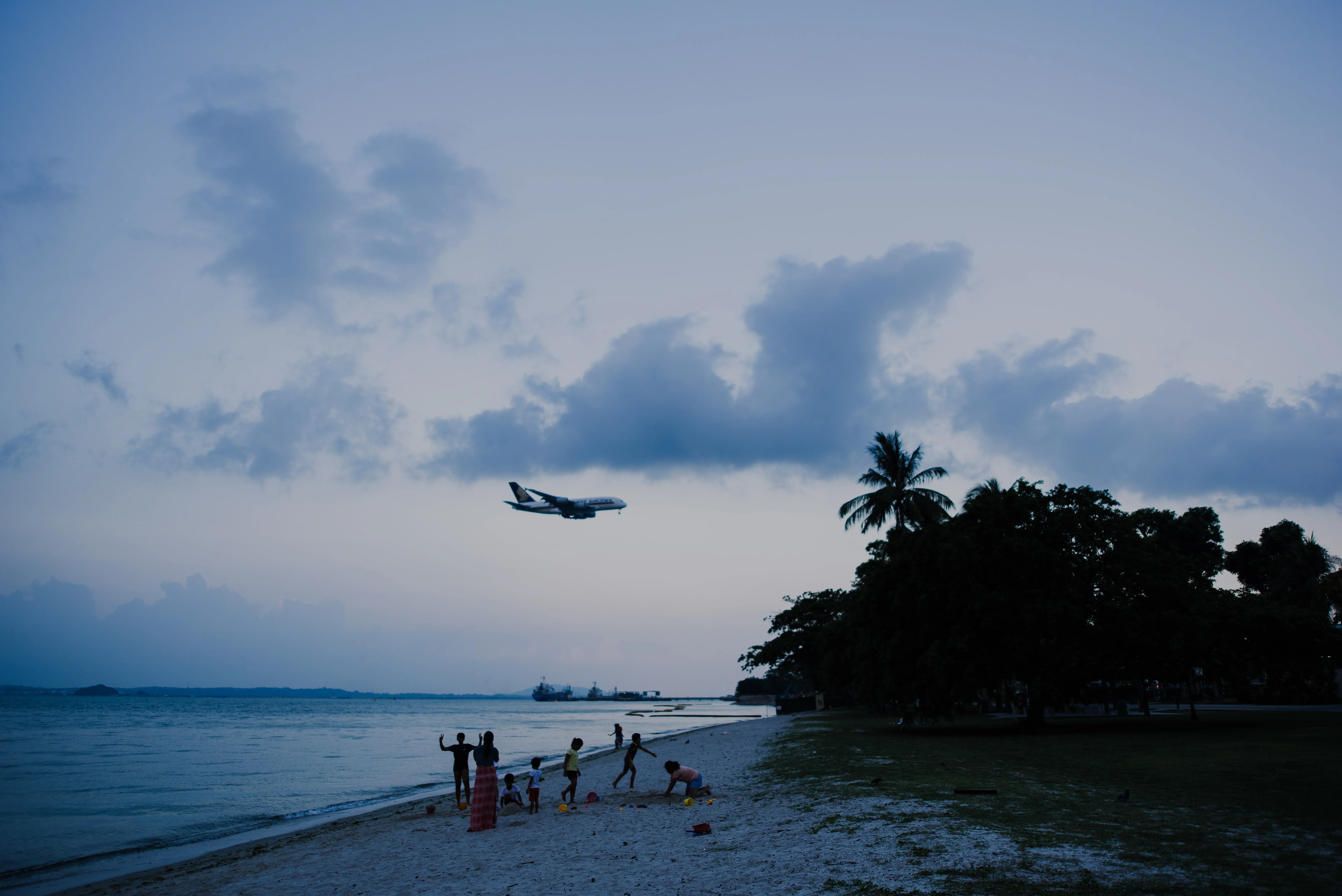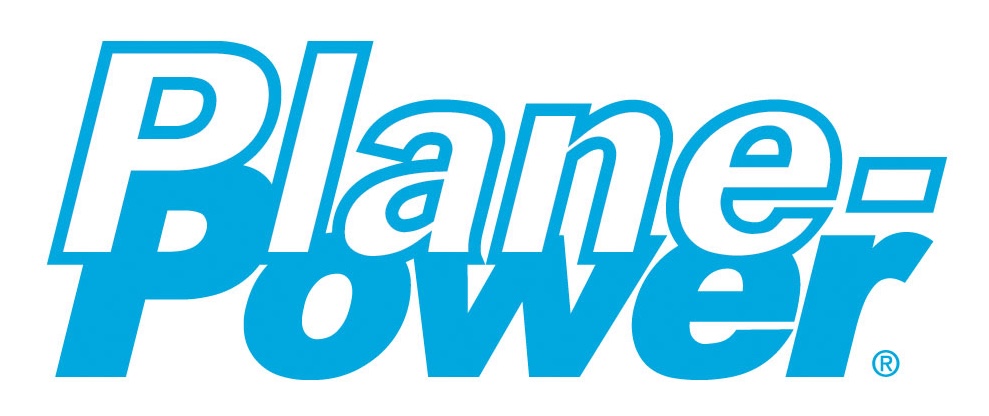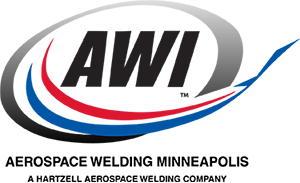The Commercial Pilot's License

This is the fourth of several articles in a series discussing the various types of pilot certifications. Each type of pilot certificate has different eligibility, training, experience, and testing requirements. Certificates sometimes have privileges and limitations under 14 CFR part 61 and part 91.
According to the Pilot’s Handbook of Aeronautical Knowledge:
- Privileges—define where and when the pilot may fly, with whom they may fly, the purpose of the flight, and the type of aircraft they are allowed to fly.
- Limitations—the FAA may impose limitations on a pilot certificate if, during training or the practical test, the pilot does not demonstrate all skills necessary to exercise all privileges of a privilege level, category, class, or type rating.
Endorsements are a form of written authorization that show the certificate holder has received training in specific skill areas, such as aircraft type. Endorsements are typically written and signed by a certified flight instructor (CFI) or check airman.
Commercial Pilot Certificate
The commercial pilot practical exam requires many of the same maneuvers as a private pilot practical exam but requires them to be performed to a greater degree of proficiency.
The minimum flight requirements for a commercial pilot certificate is 250 hours of flight time. In addition to flight time, the aeronautical experience requirements for a private pilot are:
- 100 hours in a powered aircraft
- 50 hours in airplanes
- 100 hours of PIC (50 of which must be in airplanes)
- 50 hours of PIC cross country (10 of which must be in airplanes)
- 20 hours of flight training
- 10 hours of simulated instrument training
- 5 hours of simulated instrument training in a single engine airplane
- 10 hours of training in complex or TAA airplanes
- 1 2-hour, 100nm day cross country training flight in a single-engine airplane
- 1 2-hour, 100 nm night cross country training flight in a single engine airplane
- 3 hours of check ride prep training in a single-engine airplane within the preceding 2 calendar months
- 10 hours of solo in a single-engine airplane
- 1 300nm cross country flight in a single-engine airplane, with landings at three points, and one point at least 250nm from the departure location.
- 5 hours of night in VFR conditions in single engine airplanes
- 10 night takeoffs and 10 night landings in single engine airplanes at an airport with an operating control tower
Privileges
Possessing a commercial pilot certificate allows the holder to be compensated for flying.
Limitations
Having a commercial pilot license does not allow a pilot to fly in instrument meteorological conditions (IMC), and commercial pilots who do not posses an instrument rating are restricted to daytime flight within 50 nautical miles when flying for hire.
Written by Engine Sales Representative, Joshua Denton
YOU MAY ALSO LIKE:
Understanding the Aircraft Spark Plug - When it comes to the intricate machinery of aircraft engines, even the smallest components play a crucial role.
A Pilot's Guide to Pre-Flight Checks - This guide provides an in-depth exploration of the nuances and intricacies of pre-flight inspections, empowering you to perform them with absolute confidence.
Pilot Certifications Part 1: Sport Pilot Certificate - Each type of pilot certificate has different eligibility, training, experience, and testing requirements.
*SHOP ENGINE PARTS HERE!*
Find What You Need at Air Power Inc.!
Questions? Our team is ready to assist you anytime. Your aviation success starts at Air Power!
CONTACT US






